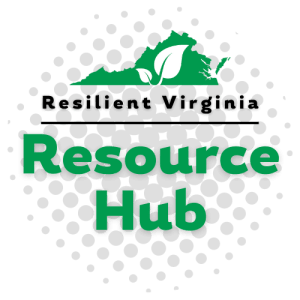 The Southeast U.S. Climate Resilience Toolkit provides information on potential climate hazards in the Southeast region of the U.S. and how to prepare for them in order to protect vulnerable assets they identify.
The Southeast U.S. Climate Resilience Toolkit provides information on potential climate hazards in the Southeast region of the U.S. and how to prepare for them in order to protect vulnerable assets they identify.
Urban cities in the Southeast are increasingly at risk due to heat, flooding, and vector-borne diseases connected to climate change.
For rural communities, changing seasonal climate patterns threaten the health and economic viability of agriculture, natural resources, and other sectors.
The toolkit includes reports on temperature trends over the past 100 years, and reports on rainfall and drought. The toolkit also shows projections for annual economic damage for every state in the years 2080 through 2099, expressed as a percentage of gross domestic product for each county in the Southeast.
This resource includes a list that represents some of the main climate-related concerns for the Southeast; damage that results from any one of these examples can lead to compounding and cascading events that disrupt social and economic processes. The example assets are paired with climate-related hazards.
The toolkit also explains how non-climate stressors such as persistent poverty can exacerbate climate-related hazards; the non-climate stressors are often associated with economic factors such as lack of access to jobs and healthcare or demographic factors such as gender, race, and disability.
The future climate conditions projected in the toolkit are accompanied by resources that browsers can use in order to address issues relevant to their community.
The assets the toolkit lists include coastal zone property and ecosystems, coastal infrastructure, populations, natural resources, public health, and surface water supply.
The list of hazards posed to these assets include increased hurricane severity and storm surge, inundation from sea level rise, more extreme precipitation and/or flooding, severe heat and humidity, and more frequent and severe drought.
Click here for more information.




